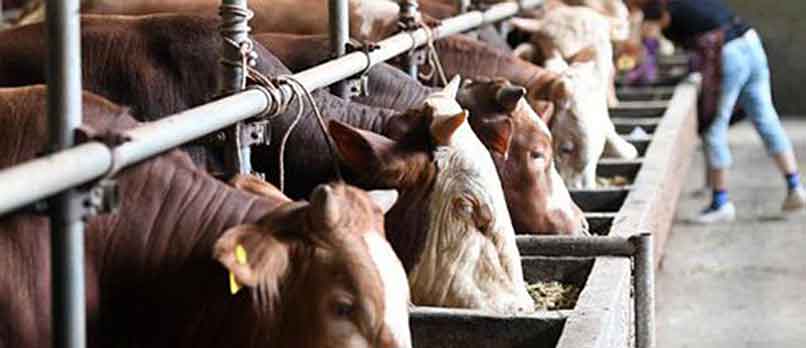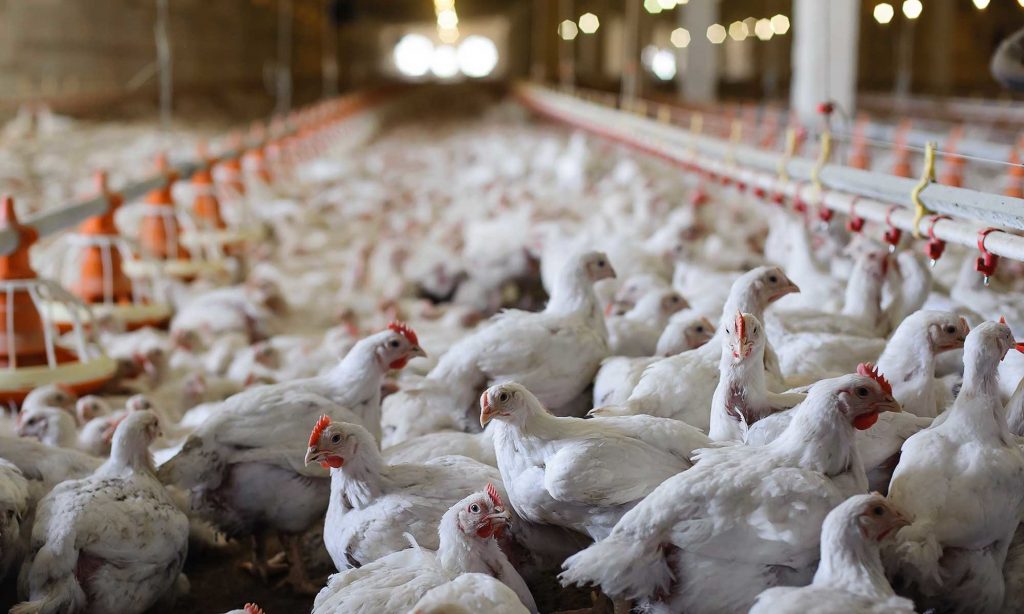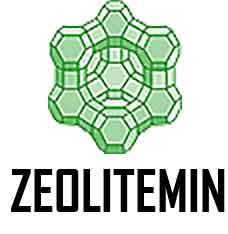
More and More Farmers focus on This important point.
Commercially extracted natural zeolite (called clinoptilolite by Xiamen Zeolitemin Biotech Co., Ltd, China) can be applied in granular form by sprinkling it on the floor of a barn or mixed straw bed (3 kg / m2) or hanging it from the ceiling in a bag with a 200 mm mesh hole containing 1-2 kg zeolite each. It should be applied once a week until the bed is wet and saturated.
Clinoptilolite Zeolite is a clinically occurring form of zeolite with a high affinity to ammonia, which makes it a desirable media material. How zeolites are formed will affect their composition and the applications for which they are best suited.
The Asian Journal of Animal and Veterinary Advances, 1, 60-64. Zeolite can be used to reduce ammonia accumulation, to eliminate the discomfort caused by ammonia accumulation and to improve animal performance and welfare, leading to a higher quality production environment. Use of zeolite to improve the performance of domestic cattle by reducing ammonia accumulation on small farms.
Absorb Function
The zeolite used in freshwater aquariums is recharged by soaking in a 5% saline solution, releasing ammonia that it absorbs. After soaking for 24 hours, spread on a cookie tray and let it dry in the sun for one or two days. A quicker alternative is to bake it in the oven at 350 degrees for half an hour to one hour to dry it completely. Another advantage of drying in the sun is that it can be left in its original bag, which is not safe at high temperatures.

This baking inhibiting property reduces the tendency of individual feed particles to stick together. During the feed production process, Zeolite absorbs the water contained in the feed into the feed, reducing volume and weight. Once added to the Zeofeed lining, the lining is malleable, dry, and loose.
The authors confirmed that zeolite has a positive effect as a feed additive in broiler chickens (Safaeikatouli, 2011). The uptake of 1.5 g / kg-1 or 3.0 g / kg-1 zeolite in the feed of male broiler chickens did not alter the levels of biochemical serum parameters such as T4, tiroxin, TSH (thyroid stimulating hormone), and GH (growth hormone).
Many zeolites are aluminosilicates and are affected by mycotoxins. The value of 0.5% was able to adsorb the mycotoxin in broiler chickens, similar to those who did not receive it. However, the possible side effects of zeolite when administered as a feed additive are questionable, and an experiment to evaluate physiological parameters is necessary.
Influence of environment after using zeolite
Consideration is given to reducing the toxicity of ammonia in non-aquatic environments caused by the presence of excessive and offensive ammonia excreted by animals, including mammals and birds, such as chicken farms, etc., through the presence of zeolite as a food supplement. Using zeolites as a feed ingredient can also increase the density of feces in fish. This allows for better separation of feces from water, and artificially manufactured closed systems for the removal of feces work better.
Dilution of food with zeolite did not affect digestible energy.
Total digestion (OM) tended to increase (P < 0.06), while zeolite supplementation increased. The treatment had no effect on the pH of ruminants. Zeolite supplementation increased (linear effect, P = 0.01) the fecal excretion of ash, which led to a reduction of the total DM digestion in the tract (linear effect, P > 0.04).
Result
Zeolites are widely used in the construction industry, aquaculture, agriculture, space research as well as inhuman and veterinary medicine. The broad application of natural and synthetic zeolites results from their most important properties: adsorption, molecular sieving, and cation exchange capacity.
Clinoptilolites are widely used as biomedical feed ingredients due to their beneficial properties as growth promoters and immunostimulants and represent an alternative to antibiotics as growth promoters, although European Union legislation prohibited the use of antibiotics to promote growth in 2006 due to the excessive use of antibiotics in animals contributing to the emergence of antibiotic resistance.
Zeolites have a protective effect against poisoning and reduce parasite infestation.
Monitoring of cereals and animal feed The presence of Fusarium mycotoxins continues to attract global attention and has been the subject of extensive research in recent years. For example, high contamination rates with Don, trichothecene, and nivalenol (NIV) have been reported in maize samples from New Zealand.
Reference:
